The usage of Robert E. Lee’s image is once again sparking controversy, three years after university name change debates and nearly 160 years after the end of the Civil War.
The Feb. 22 Fancy Dress theme announcement on Instagram depicted Lee and George Washington wearing military uniforms and donning fairy wings to match the “Midspring Nights Dream” theme.
The image, printed on posters as well, angered Lee dissenters and sympathizers alike. It also raised questions of what Fancy Dress — an annual tradition since 1907 — means for a more diverse student body.
Some students and young alumni criticize the university for still using images of Lee, particularly in Confederate garb, when he’s been increasingly condemned for his role in the Civil War.
“It’s like salt in the wound. We know we have a problematic history. But to flaunt it — that’s what it feels like on this poster — is tone deaf,” Kate Barnes, ’24, said.
Meanwhile, other alumni were alarmed at the namesakes’ association with the word “fairy,” which can be used as a slang term for a gay person, according to the Merriam-Webster Dictionary.
Alumni took to the Washington and Lee-History and Tradition Facebook page, a forum where conservative-leaning alumni often share grievances over the university’s distancing from Lee. They shared comments such as “they finally use images of our Founders and it is for this travesty” and called the poster a “desecration of the worst order.”
Fancy Dress Tri-Chair Mary Margaret Greer, ’24, said “it wasn’t our intention to make other people uncomfortable.”
“We weren’t trying to insinuate their sexuality, which a lot of alumni are upset about,” Greer added. “They said we made [Washington and Lee] hold hands, but they’re not even holding hands. And the fairy wings just play into our theme.”
Negative comments about the namesakes in uniform instantly flooded Instagram and Greer’s email inbox, she said. In response, Fancy Dress tri-chairs deleted the post about three hours later and posted a new version that depicted Washington and Lee in tuxedos. The physical posters couldn’t be edited because they were already printed, Greer said.
Amber Morrison, ’23, said the edited post just highlights students’ ignorance of how Lee, a “direct figure of oppression,” makes marginalized students feel.
“They changed [the post] because they knew something was wrong. They acknowledged the issue with the symbolism. But they still kept the symbols themselves. A tuxedo doesn’t make a difference,” she said.
Alyssah McGuire, ’25, and Essie Haydon, ’26, the two students who made the poster, declined to comment.
Seth McCormick-Goodhart, the public services manager of Special Collections, said the shift from uniform to tux is a strategy the university has adopted before. First outlined in a 2018 university statement, there is a push to depict the university’s namesakes in civilian clothing only, Goodhart said.
A 2021 statement articulated the university’s goal to emphasize the men’s role in university history rather than their military careers and “remove doubt about our separation from the Confederacy.”
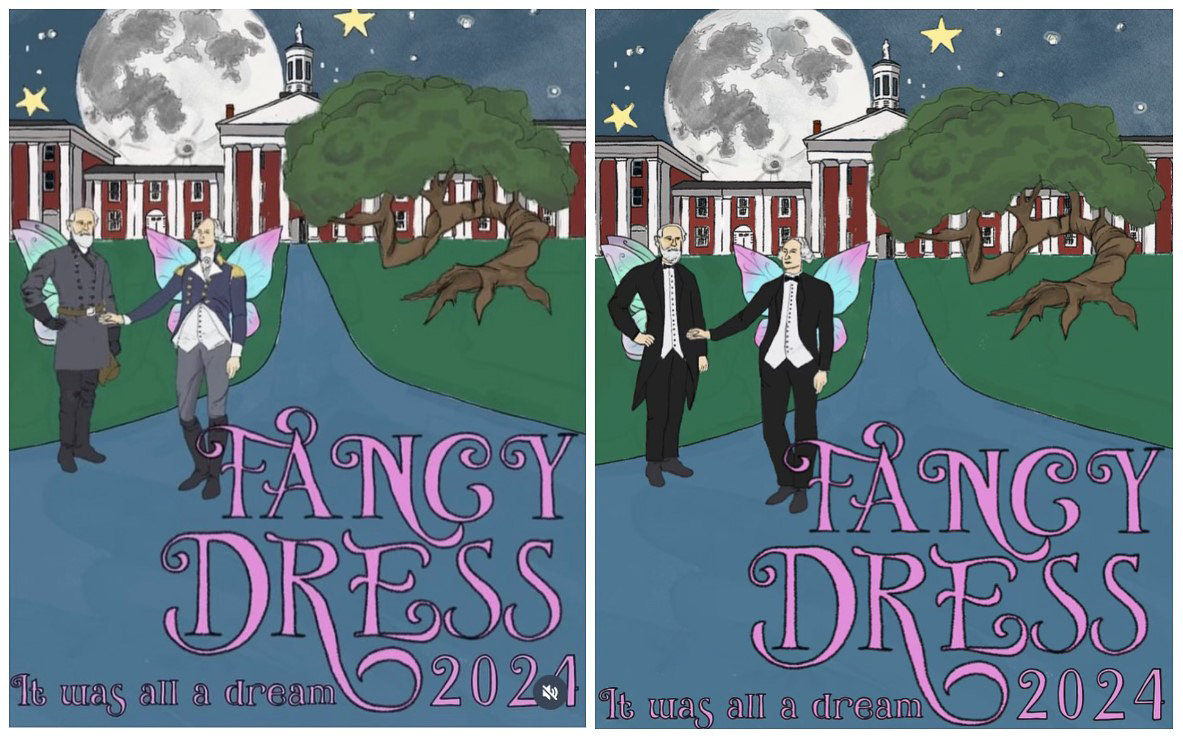
Students say inclusivity is more than an image
Despite the tensions online, students still flocked to buy tickets on March 12. All 1,500 were sold out one day later, Greer said.
“I don’t think [the poster] deeply affects people’s decisions of whether or not they attend the event,” Barnes said. “It’s just embarrassing that an official organization like Fancy Dress isn’t aware of how something like that would make a large number of people feel excluded.”
An alum who now works at the university said the Fancy Dress poster alone may not stop students from attending, but it’s one of “all the little things that add up to remind you that [marginalized students] don’t belong here.” They requested anonymity to protect their position at the university.
The alum also said that Fancy Dress is inaccessible to many because of cost — not just the price of a ticket, which was $55 this year, but also the “hidden costs” of formal clothes, dinner in town and more.
Fancy Dress student leaders and Office of Inclusion and Engagement staff members have focused on making the tradition more accessible for the past decade, said Tamara Futrell, dean for diversity, inclusion and student engagement. The office gave out 100 free tickets — up from 50 in past years — and hosted a formal wear drive to support students in need, Greer said.
“There’s always this air of excitement around Fancy Dress. It covers the whole campus,” Futrell said. “I’m just glad that we are helping to make that an experience for as many students as we possibly can.”
Barnes said Fancy Dress is now “the most inclusive” social event thanks to OIE, especially for students not involved in Greek organizations.
For Greer, making Fancy Dress inclusive is her way of giving back to her campus community. When she transferred to Washington and Lee from Elon University in her sophomore year, Fancy Dress’s planning team became a welcoming home.
“It’s where I found my first community on campus,” she said.
That makes the hours of planning — which started over the summer with booking a band and picked up speed in October with the selection of the theme — all worth it, Greer said.
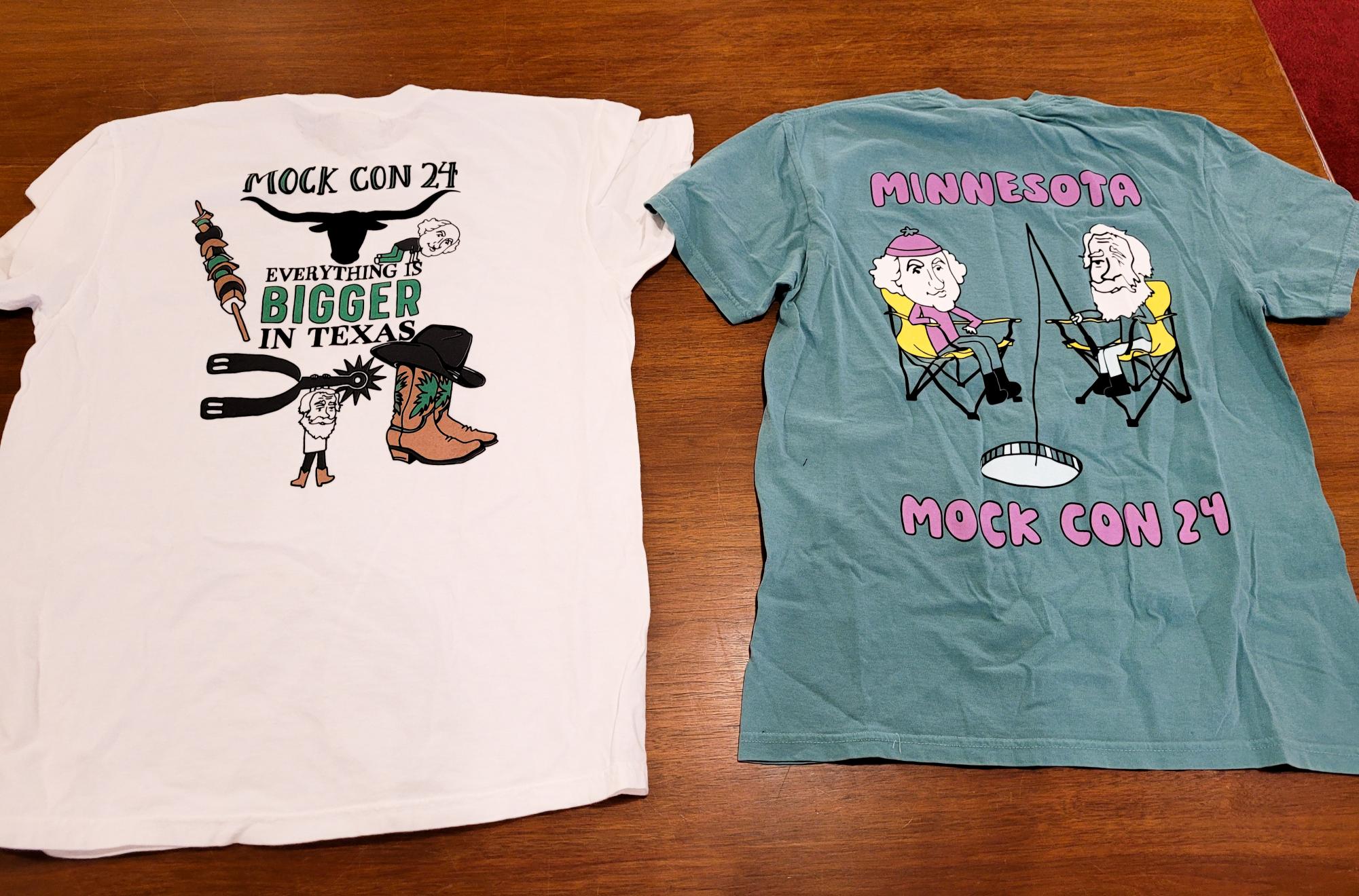
Controversy is nothing new for Fancy Dress
This year’s debates surrounding Fancy Dress imagery follow the event’s “turbulent history,” Goodhart, from Special Collections, said. That history includes themes commemorating the Civil War, such as “Charleston on the Eve of Secession” in 1938 and “American Civil War Centennial” in 1963. Some themes had racist framing, including 1987’s “Dark Continent” theme, which referred to Africa.
The “Reconciliation Ball” of 1988 sparked the most controversy, Goodhart said. The event space was “decorated like the Southern countryside on one side and Northern city on the other,” according to an archived Ring-tum Phi article. According to the 1987-88 Calyx, the Minority Student Association boycotted the event, calling the theme “an insult to us all.”
“There have always been people who have been active about speaking out against symbols that are oppressive,” Rose Hein, ’22, said about the boycott. “Honestly, it just feels like nothing has changed since [1988].”
But representing Lee in events and advertisements has never been limited to just Fancy Dress, Goodhart said.
“Through the years, we’ve seen both official and unofficial depictions of George Washington and Robert E. Lee in all sorts of different contexts — from diplomas to playful caricatures,” he said. “They are key characters of our university history, so to use them in those contexts makes all the sense.”
Goodhart said poking fun at the namesakes is “nothing new,” either. Student publications capitalized on “kitschy” cartoons in the early 20th century, he said. And by the 1990s, Greek organizations and other social groups used humorous Lee depictions on T-shirts to advertise upcoming events.
The legacy continues today, Goodhart said, as numerous 2024 Mock Con delegation shirts featured Washington and Lee in exaggerated cartoon forms.
Hein said the university’s use of Lee images is complicated, especially when he is painted in a humorous context.
“There is something to be said for poking fun at our university. In some ways, I can appreciate that because it is really neat to see a university taking its history and making it their own,” she said.
“But I think that we’re losing a lot of opportunities to actually learn by making his imagery into a joke,” Hein added. “We haven’t actually come to a point of being able to have a real conversation about what Lost Cause iconography, including portraiture of Lee in non-museum spaces, means for the present day.”



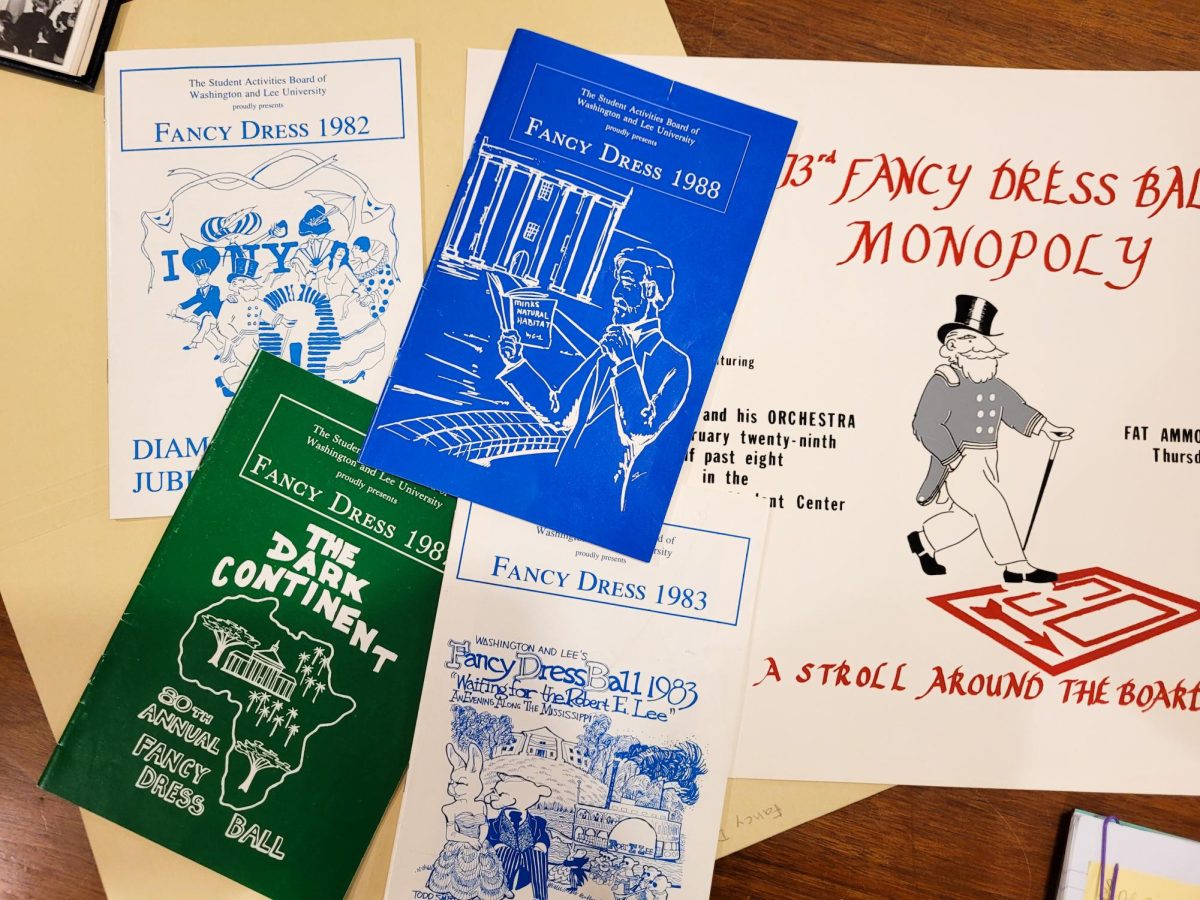

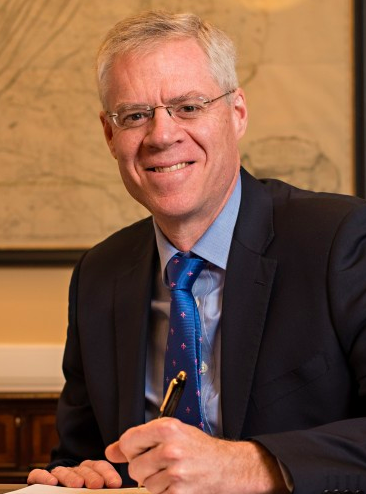
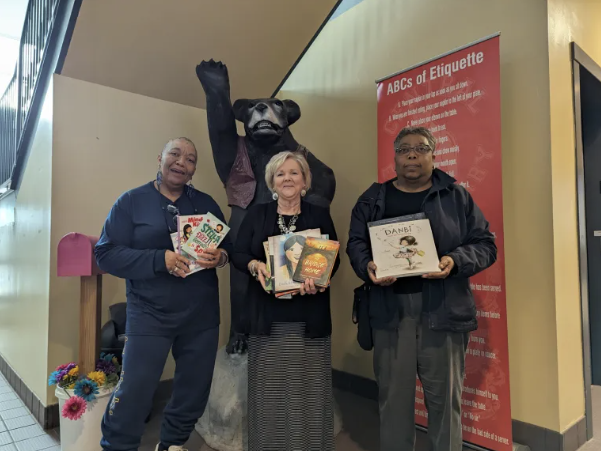
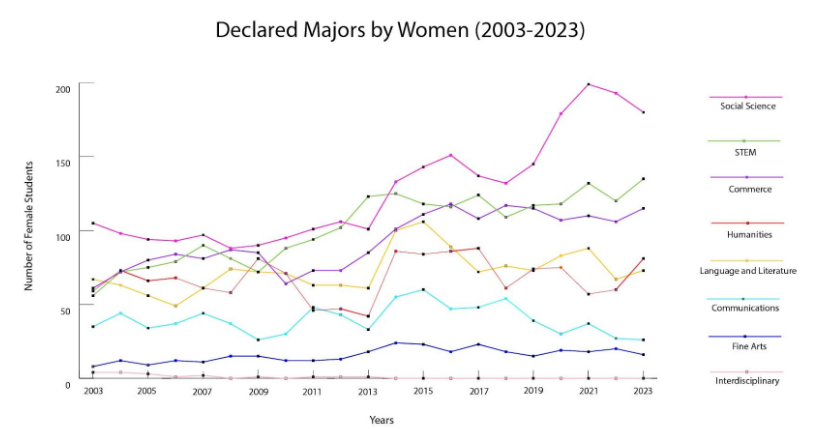

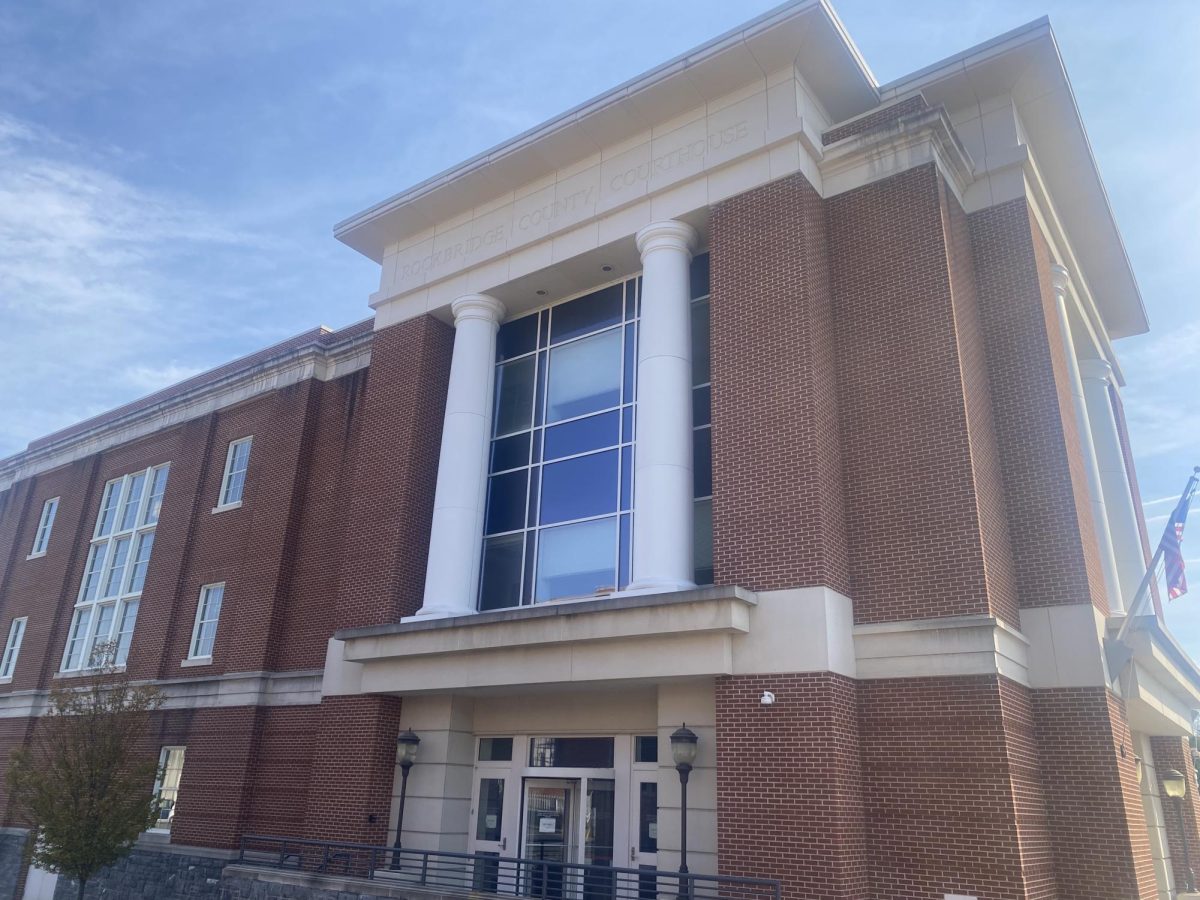
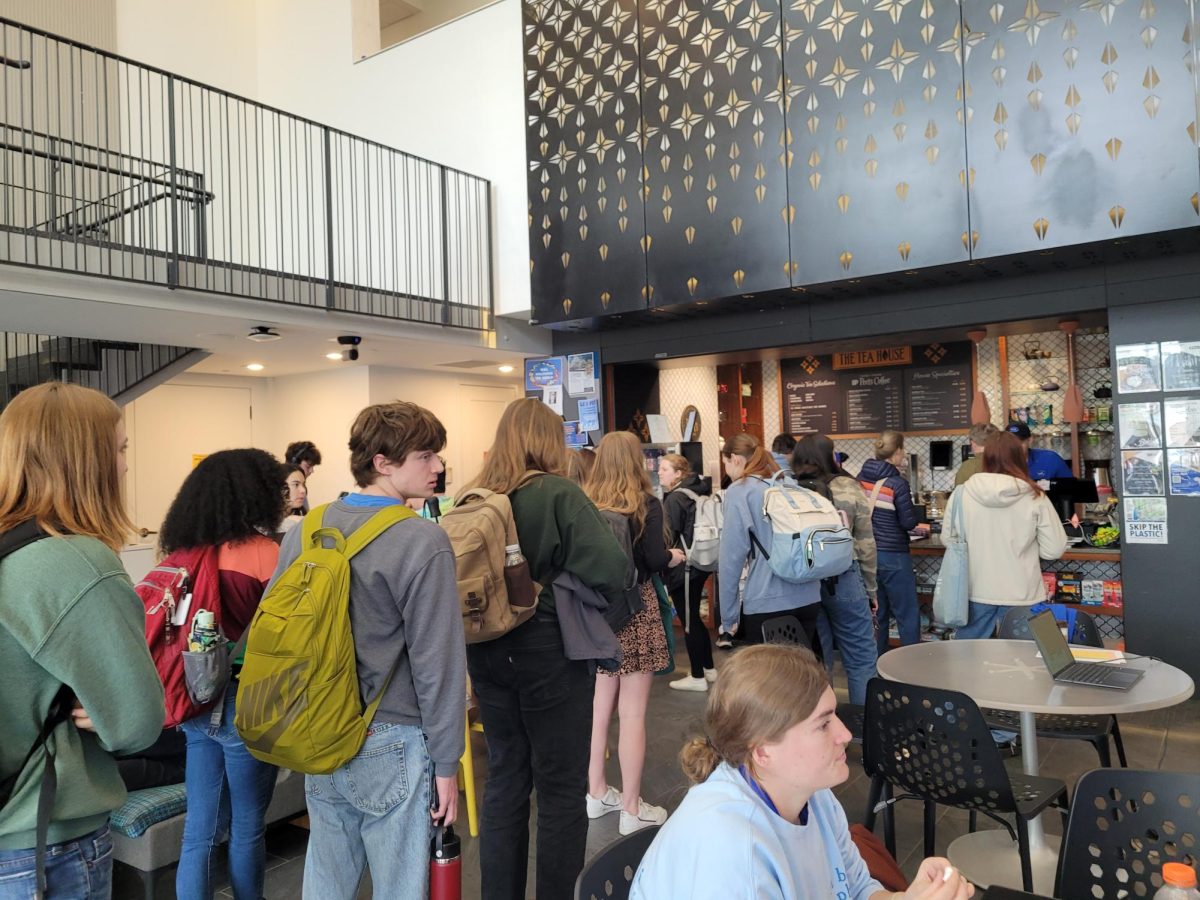
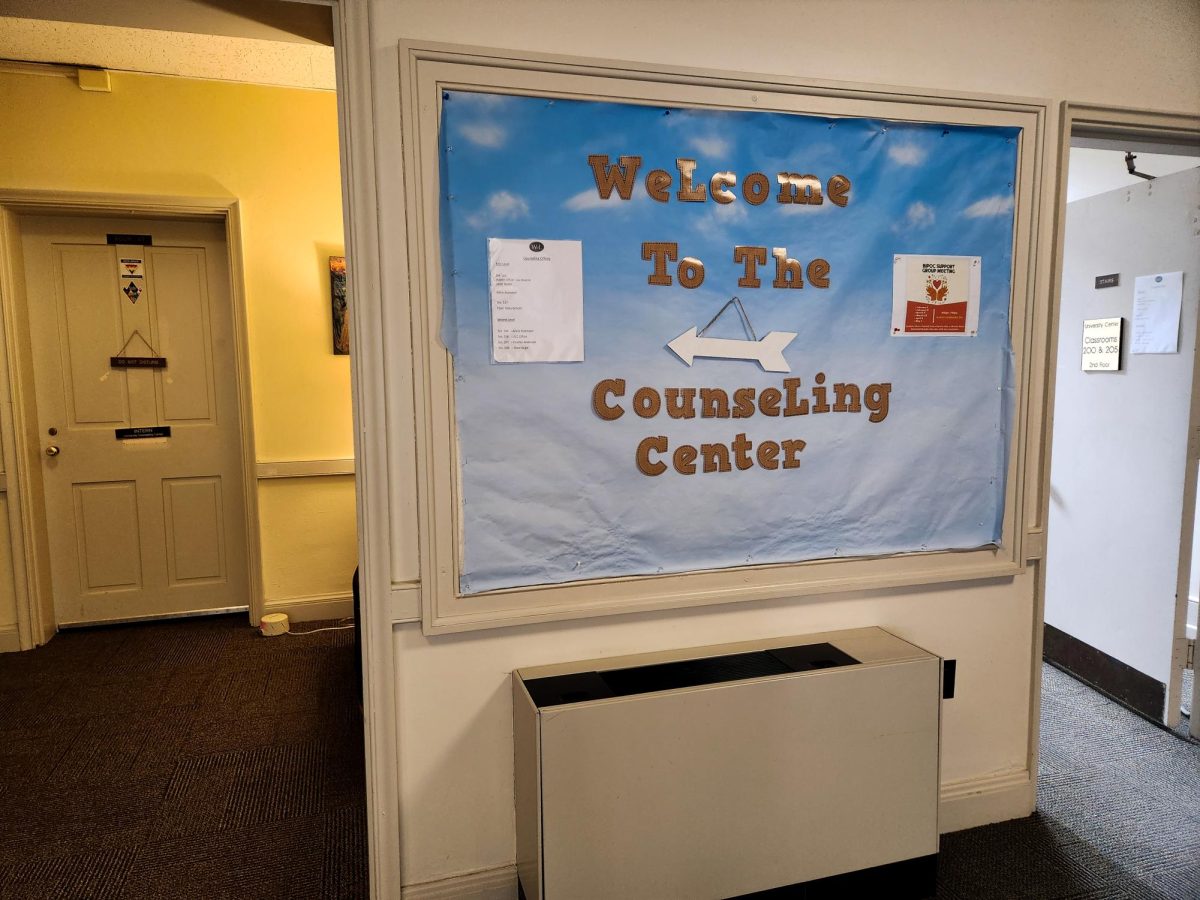




Kamron M. Spivey, '24 • Mar 27, 2024 at 10:31 am
Good article, but it would have been nice to hear from students who enjoy seeing Lee in campus imagery.
Whether people like it or not, Lee is forever linked to this school. And he merits remembrance. Last year’s Fancy Dress poster only included Washington, which is ironic. If Lee is bad, so is Washington. You can’t honestly select one over the other.
I didn’t take offense to this years poster, and I doubt anyone DIDN’T go because Lee was on it. Students need to just get over their fear of “Robert E. Lee” and realize that he has been dead for over 150 years. He isn’t hurting anyone…